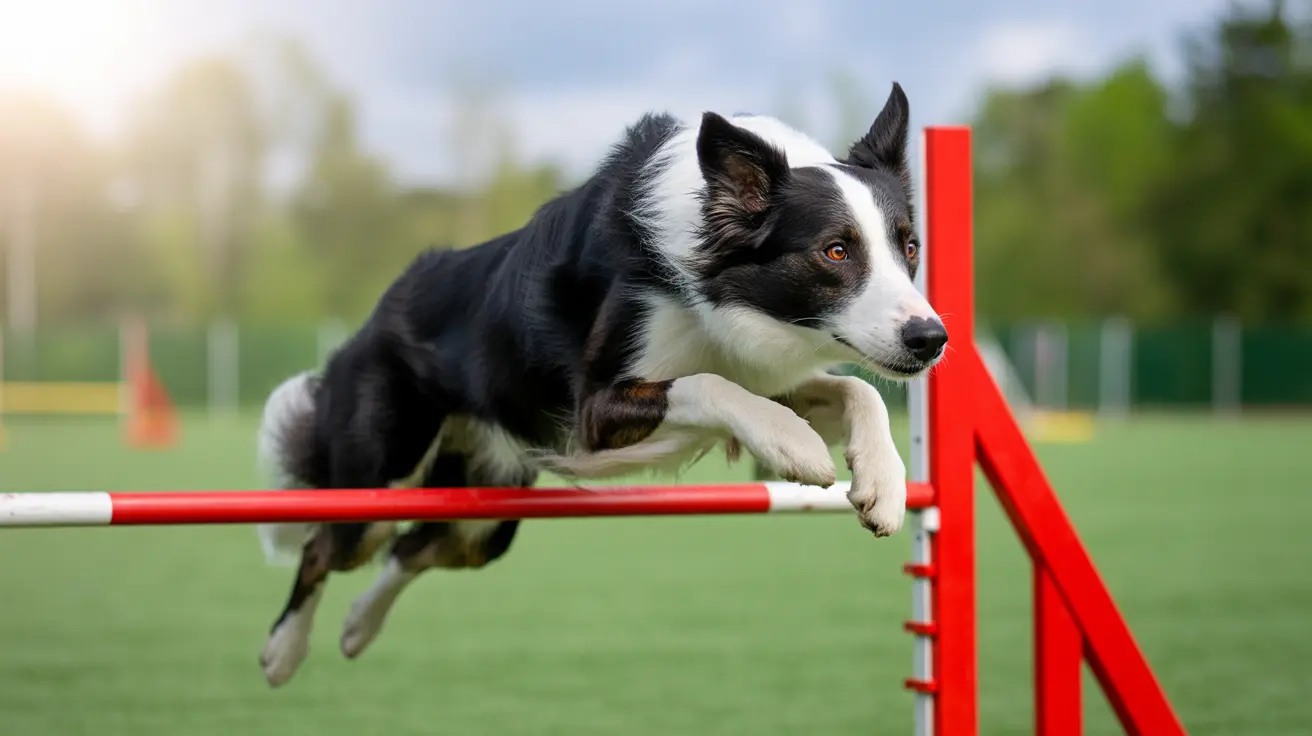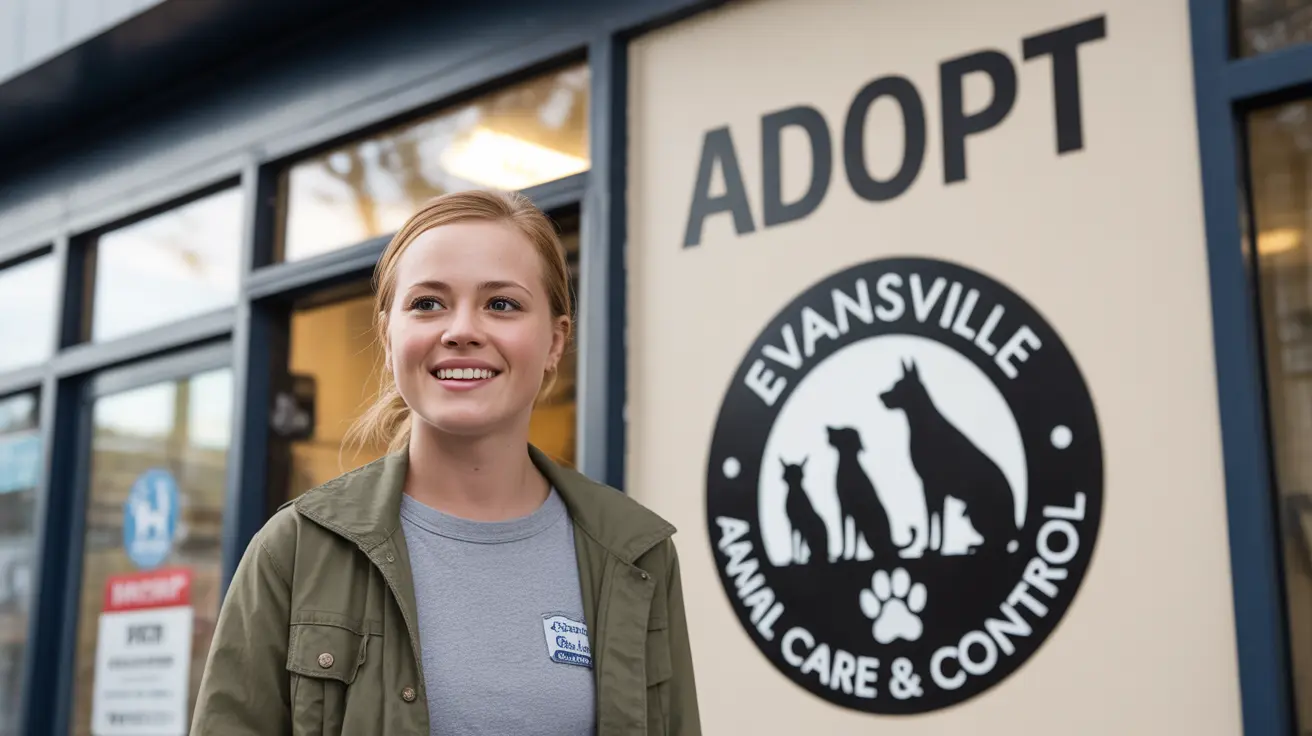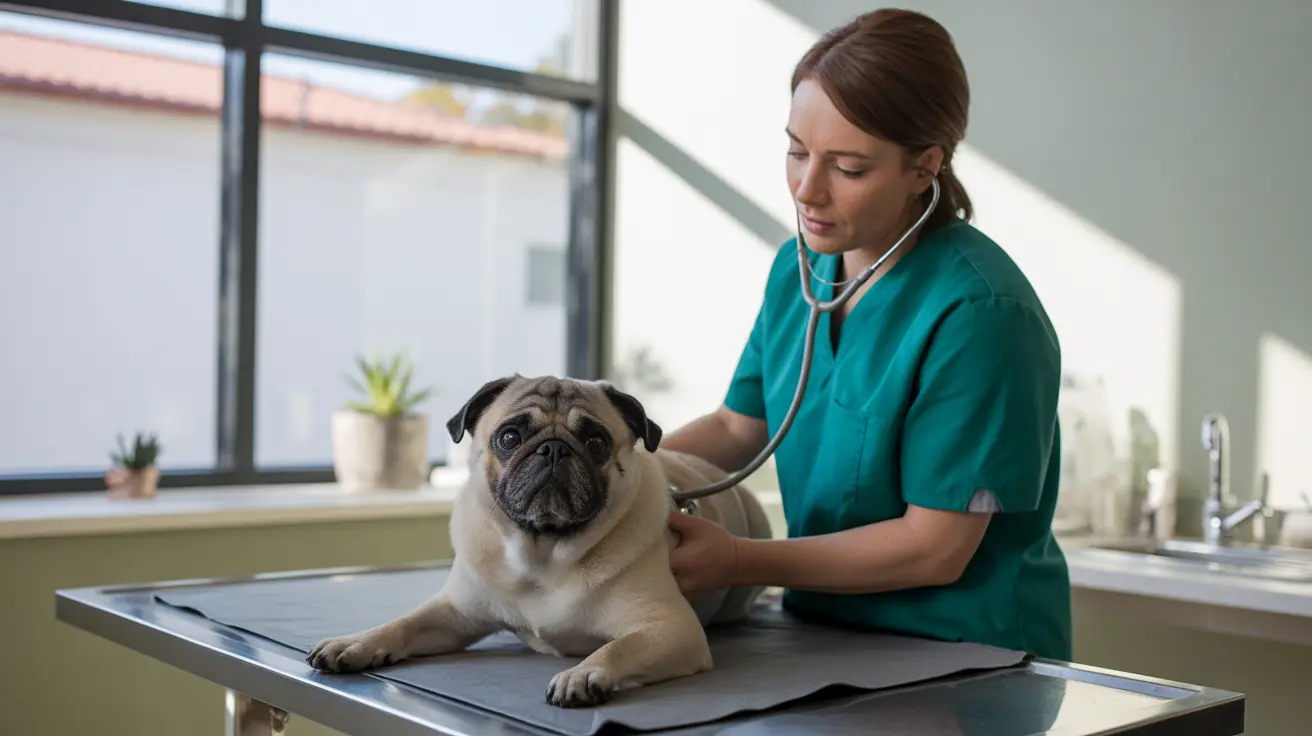Does your dog suddenly fall asleep during playtime or collapse while eating? These could be signs of narcolepsy, a rare neurological disorder that affects dogs. While witnessing these episodes can be alarming for pet owners, understanding this condition is crucial for proper management and care.
In this comprehensive guide, we'll explore everything you need to know about narcolepsy in dogs, from its underlying causes to effective management strategies that can help your furry friend live a normal, happy life.
What is Canine Narcolepsy?
Narcolepsy in dogs is a chronic neurological condition that disrupts normal sleep-wake cycles. This disorder causes affected dogs to experience sudden sleep episodes and muscle weakness, particularly during moments of excitement or positive emotions. Unlike many other neurological conditions, narcolepsy doesn't typically impact a dog's overall health or lifespan.
Signs and Symptoms to Watch For
The primary symptoms of canine narcolepsy include:
- Sudden collapse during exciting activities
- Brief episodes of muscle weakness (cataplexy)
- Excessive daytime sleepiness
- Quick recovery after episodes
- Normal consciousness during episodes
These symptoms typically appear between 6 months and 1 year of age, though some dogs may show signs earlier or later in life.
Genetic Factors and Breed Predisposition
Narcolepsy in dogs has a strong genetic component, primarily affecting certain breeds such as:
- Doberman Pinschers
- Labrador Retrievers
- Dachshunds
- Poodles
The condition is caused by a mutation in the hypocretin receptor 2 (HCRTR2) gene, which regulates sleep and wakefulness cycles. This mutation is inherited in an autosomal recessive manner, meaning both parents must carry the gene for puppies to develop the condition.
Diagnosis Process
Veterinarians diagnose narcolepsy through:
- Clinical observation of symptoms
- Detailed medical history
- Physical and neurological examinations
- Video documentation of episodes
- Genetic testing when available
- Ruling out other conditions
Treatment and Management Strategies
While there's no cure for narcolepsy in dogs, several management approaches can help:
- Maintaining a consistent daily routine
- Avoiding trigger situations when possible
- Creating a safe environment to prevent injury
- Medication in severe cases
- Regular veterinary check-ups
Living with a Narcoleptic Dog
Most dogs with narcolepsy lead normal, active lives with proper management. Owners should focus on:
- Padding sharp furniture corners
- Avoiding stairs during exciting activities
- Maintaining regular exercise routines
- Monitoring episode patterns
- Keeping a consistent feeding schedule
Frequently Asked Questions
Why do dogs with narcolepsy collapse suddenly, and what triggers these episodes?
Dogs with narcolepsy collapse suddenly due to a neurological dysfunction that affects sleep-wake regulation. Episodes are typically triggered by exciting or emotionally stimulating events such as feeding time, playing, or greeting family members. These collapses are caused by cataplexy, a sudden loss of muscle tone while remaining conscious.
How can I differentiate narcolepsy from seizures in my dog?
During a narcoleptic episode, dogs remain conscious and can be roused, unlike during seizures. Narcoleptic episodes don't involve muscle rigidity, drooling, or loss of bladder/bowel control, which are common during seizures. Additionally, dogs recover immediately from narcoleptic episodes without the post-ictal phase typical of seizures.
What are the most common breeds affected by narcolepsy, and how is it inherited?
Doberman Pinschers, Labrador Retrievers, Dachshunds, and Poodles are most commonly affected. The condition is inherited through an autosomal recessive gene mutation, meaning both parents must carry the defective gene for offspring to develop narcolepsy.
How is narcolepsy in dogs diagnosed, and what tests are typically used?
Diagnosis typically involves observing clinical signs, reviewing the dog's medical history, and conducting physical and neurological examinations. Veterinarians may request video recordings of episodes and perform genetic testing when available. Other tests help rule out conditions with similar symptoms.
What are the best practices for managing and preventing narcoleptic attacks in dogs?
Best management practices include maintaining a consistent daily routine, avoiding known triggers, creating a safe environment, and ensuring regular veterinary check-ups. Some dogs may benefit from medication in severe cases. Prevention focuses on minimizing exposure to highly exciting situations while still allowing for a good quality of life.






